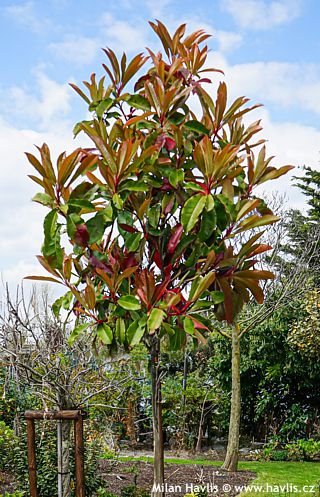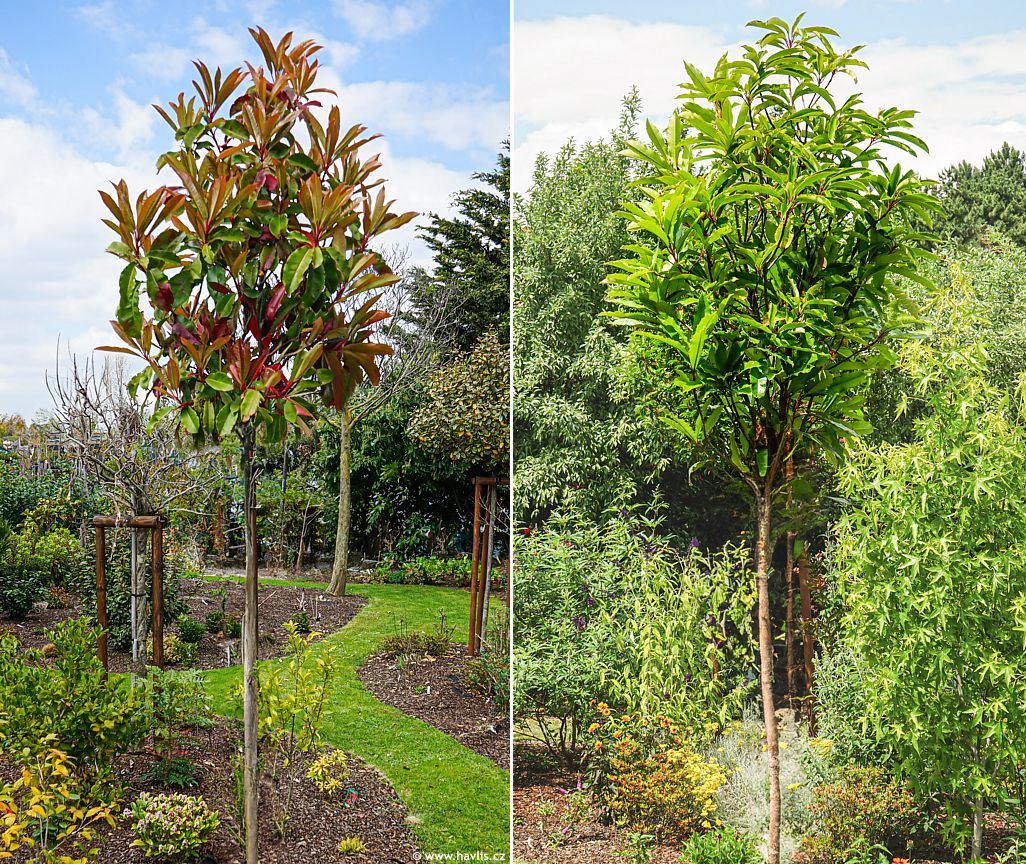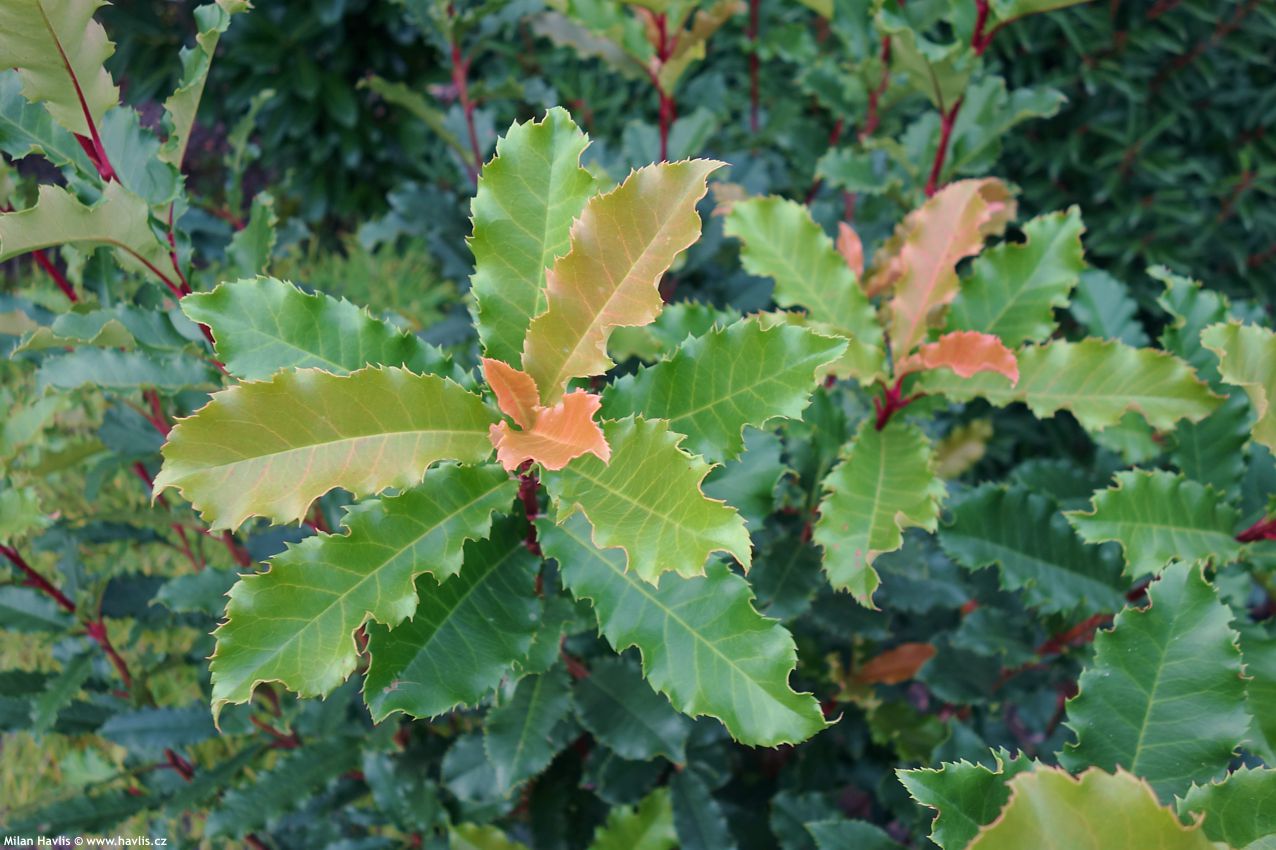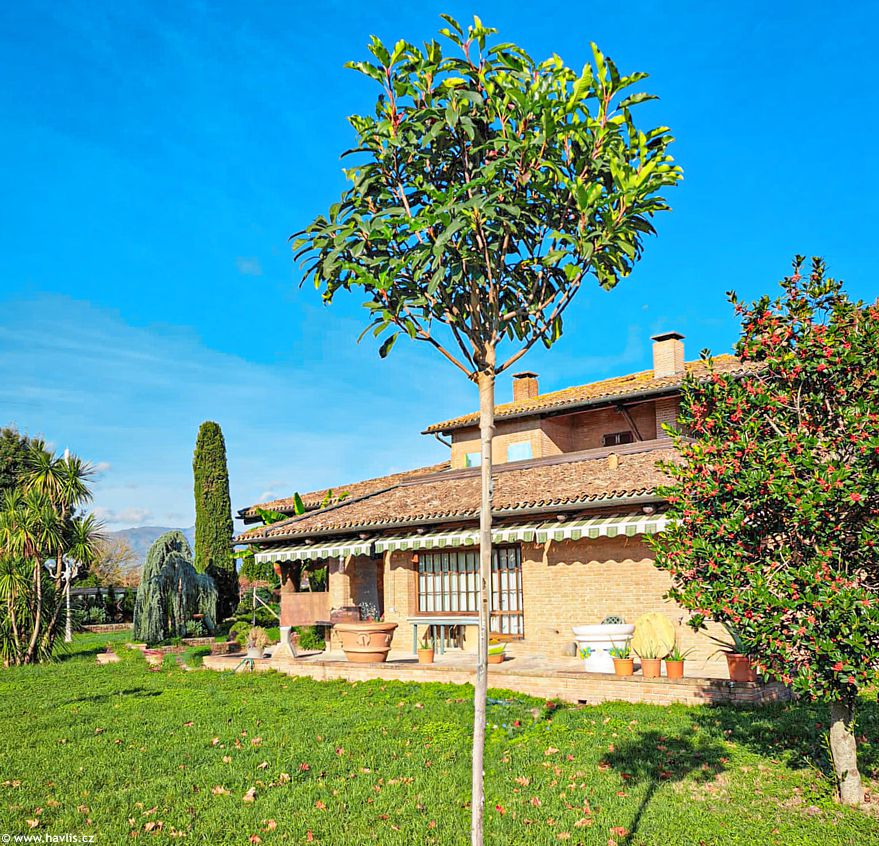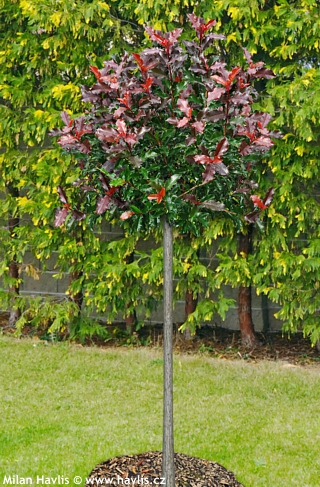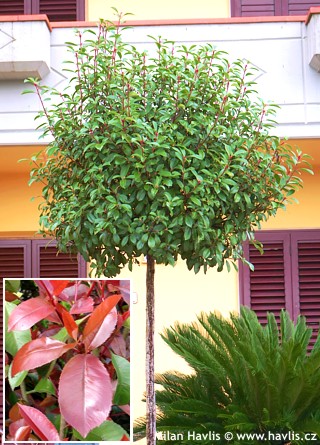Photinia serratifolia 'REV100' CRUNCHY® Chinese photinia - standard tree


Photinia
Chinese photinia is a species which is less common in trade and almost nonexistent in European nurseries. Reason being that all European encyclopedias rate it much less winter hardy than David’s or Fraser’s photinia which are very popular evergreen shrubs used for hedges in zones 6 and higher all over temperate regions. However, in the USA this species has been successfully cultivated for a few decades now and has proved reliably hardy down to zone 6, which allows using it in similar areas as the other well-known hybrids and species. Currently, there are new varieties being bred in Europe with attractive foliage and slower growth (hence smaller habit) making them hardier than fast growing shrubs with tender wood.Its evergreen leaves are large – 15-20 cm long, oval, leathery, glossy, and heavily undulated and toothed at margins. They emerge rich chocolate brown to maroon in mid spring, maturing to rich green in early summer. New leaves are produced once or even twice again until autumn, this time with only pale bronze red colour, and the same shade will dress up the whole plant in various depths for winter until the arrival of the first warm days of spring. Then some of them will fall off and the rest will turn green again while new foliage comes out. In mid spring older plants produce medium-sized panicles of creamy white flowers.
Standard tree forms of evergreen woody plants are becoming more and more popular. They can offer good screening at a desirable height blocking views from neighbouring windows if privacy is why you look for an evergreen tree. CRUNCHY® photinia grows at a slower growth rate as opposed to Fraser’s photinia, making strong and thicker branches. It has a well-behaved, upright habit and becomes rather slender unlike for instance Red Robin or Camilvy photinias which grow vigorously to all sides. If you need to prune it, do so in spring after all frosts or during July. Every pruning brings a new flush of red leaves.
As every standard tree it needs a good support to protect the stem from moving, especially in wind. It can be removed after 3 years if the tree is established well. There is usually a bamboo stick attached to the tree trunk when you buy the plant. It needs to be removed before you tie the stem into your new support.
Chinese photina will be happier in a location sheltered from strong, drying winds in winter here in zone 6. All photinias like moist but well-drained, humus-rich soil. Acid soil will enhance foliage colour but is not a must. Mulching helps retain moisture and protects the plants from hard frost and temperature swings, especially in late winter. They like watering when transplanted and perhaps during extra hot and dry summers, otherwise they are reasonably drought-tolerant when established. In our climate provide extra watering also in frost-free periods of winter if the ground is not frozen. Hardy to about -25 °C.
Last update 10-07-2023
Goods are shipped all over Europe. For Russia and U.K. and for further details please read about SHIPPING OPTIONS HERE.
Are you interested in a serious discount for orders NOV-FEB? Check your options here.
THE PRICES INCLUDE VAT of 15%. For quick conversion you can use 1 CZK = approx. 0.04 EUR
- STANDARD QUALITY - Plants of this group are 1st class quality with number of branches and overall density adequate to their size and age, considering they were container grown.
- DE LUXE QUALITY - This label guarantees a luxurious quality of manually selected plants that, compared to their height and age, are exceptionally dense and beautiful.
- EXTRA - These plants are usually mature and bigger specimens with exceptional overall appearance.
- STANDARD (as described in the plant form) means a tree with a trunk of 190-210 cm and a crown at the top, unless specified differently. The commercial size for trees is their girth measured in the height of 1m from ground.
- HOBBY - These plants are of the same quality as our standard-quality plants but younger and therefore cheaper.
- SHRUB - a woody plant with branches growing bushy from the ground level.
- HALF-STANDARD or MINI-STANDARD - a small tree with shorter trunk, its size is usually specified.
- FEATHERED - These are trees with branches growing already from the base of the trunk and up along the stem.
- GRASSES and PERENNIALS - Sizes given usually read the diameter of the pot or the clump, as specified.












